
Delaware helped launch the nation but never caught the same population wave as its neighbors. Even with big cities nearby, it’s stayed relatively quiet in numbers. That hasn’t happened by accident. These ten reasons help explain why Delaware’s growth has remained modest over time.
Limited Land Area

Delaware spans just 1,949 square miles, which makes it the second-smallest state in the U.S. That limited size places natural restrictions on development. With less space for cities and suburbs, population growth has remained relatively modest over the decades.
Lack Of Major Urban Centers
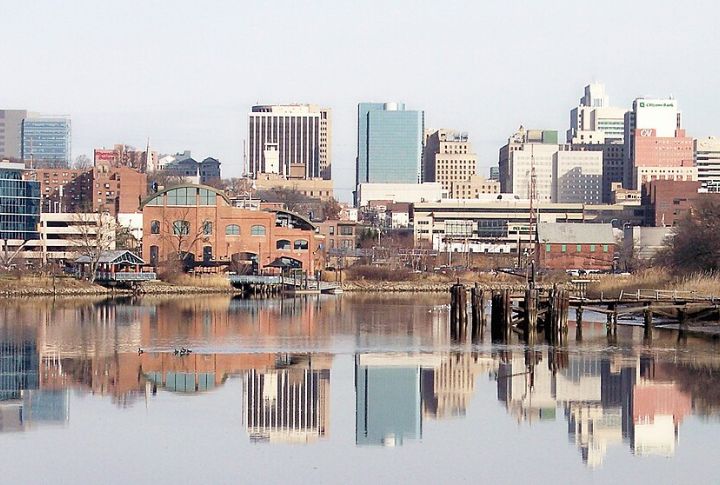
Unlike neighboring states with major metro hubs, Delaware has no large urban core to anchor growth. Wilmington is the largest city, but its modest size doesn’t draw the same levels of migration or economic gravity seen in nearby Philadelphia or Baltimore.
Limited Public Transportation Options
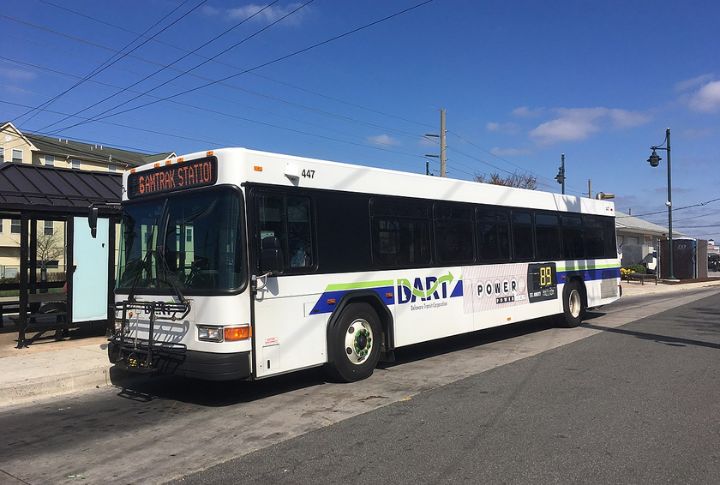
Outside a few main hubs, Delaware’s transit network is thin and impractical. For those without a car, everyday travel becomes frustrating. This lack of convenient public options plays a quiet but important role in why many choose not to settle here.
Limited Cultural And Entertainment Hubs
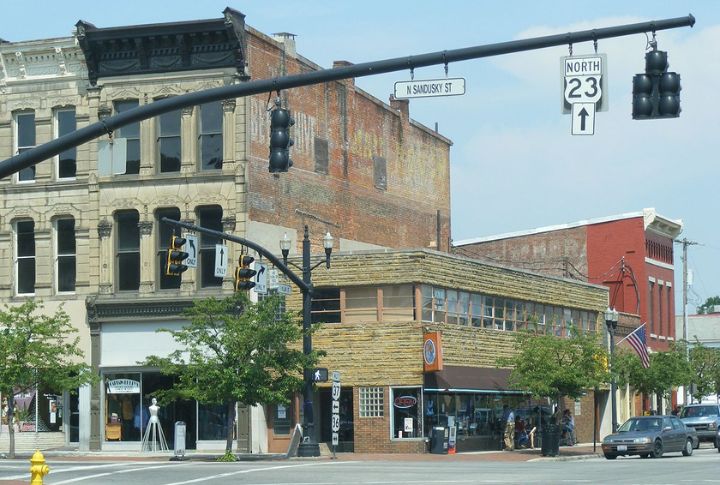
Compared to larger states, Delaware offers fewer major attractions, music venues, or professional sports teams. Locals often travel to nearby cities like Philadelphia or Baltimore for entertainment. Such a lack of social scene can be a dealbreaker for some.
Limited National Name Recognition

Despite its historical significance, Delaware doesn’t often make national headlines or pop culture waves. Without a big city or iconic landmark to draw mass attention, the state remains under many people’s radar as a place to live, work, or relocate.
Natural Divides Limit Expansion

Rivers and tidal wetlands cut across Delaware’s land area, separating regions and restricting continuous growth. These features disrupt road networks and reduce large-scale urban sprawl. Some communities remain disconnected, which lowers their appeal to new dwellers.
High Cost Of Living In Key Areas
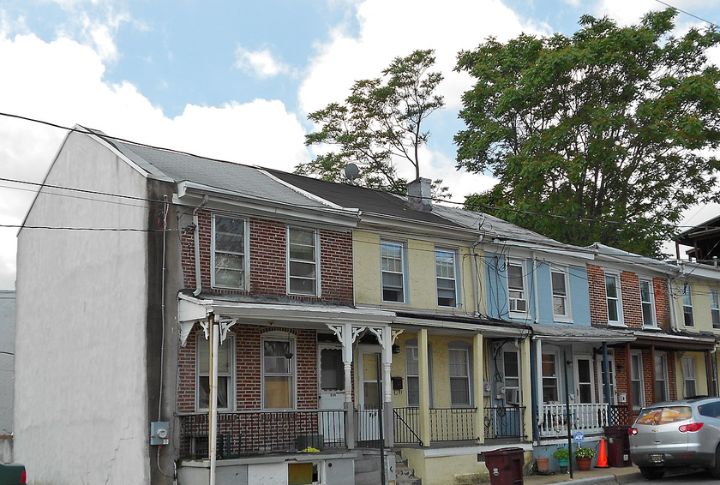
Delaware’s tax advantages don’t always translate to affordability. Coastal zones and urban centers like Wilmington tend to have expensive housing and daily expenses. For many people, these higher costs cancel out the appeal of low taxes and smaller government.
Limited Higher Education Opportunities

Many students leave Delaware to pursue advanced education in nearby states with more university options. With fewer large campuses and limited research opportunities, the state struggles to retain young talent, which makes long-term population growth more difficult to sustain.
Moderate Climate With Seasonal Challenges

This place experiences hot, humid summers and cold winters, with occasional hurricanes and flooding risks near the coast. These seasonal weather challenges can discourage some potential citizens who prefer more temperate or stable climates year-round.
Jobs Are Often Tied To Specific Sectors
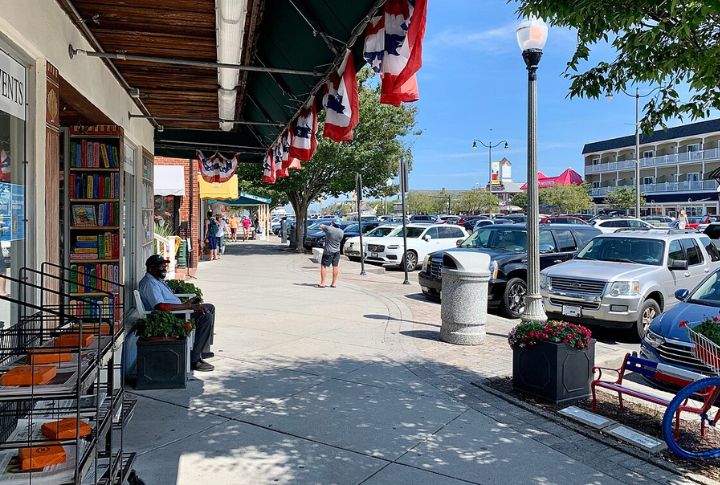
Finance, chemicals, and government dominate Delaware’s economy. Outside these fields, options narrow quickly. Many industries simply don’t have a foothold, making it harder to build a future in areas like media, design, healthcare innovation, or tech fields that thrive in more diverse job markets.
